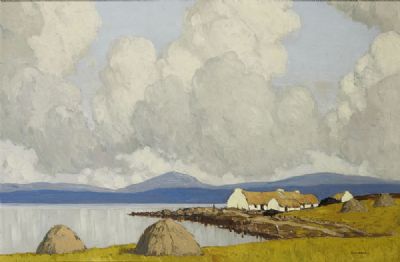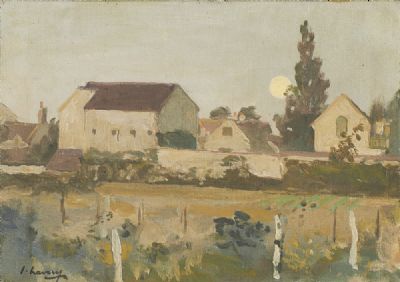Bidding on this item has ended.
Sir William Orpen
AFTER THE BALL
Lot 12
Price Realised:
€310,000
Estimate:
€150,000 - €250,000
Sir William Orpen RA, RHA, 1887-1931
AFTER THE BALL
Oil on canvas, 56 1/2" x 46 1/4" (142 x 117cm), signed.
Provenance: Thomas Lincoln Chadbourne Esq., The Berkshire, Madison Ave & 52nd Street, New York, 1928; Daniel B. Grossman Inc., New York;... Read more
 Lot 12
Sir William Orpen
AFTER THE BALL
Lot 12
Sir William Orpen
AFTER THE BALL
AFTER THE BALL
Oil on canvas, 56 1/2" x 46 1/4" (142 x 117cm), signed.
Provenance: Thomas Lincoln Chadbourne Esq., The Berkshire, Madison Ave & 52nd Street, New York, 1928; Daniel B. Grossman Inc., New York;... Read more
 Lot 12
Sir William Orpen
AFTER THE BALL
Lot 12
Sir William Orpen
AFTER THE BALL
Estimate:
€150,000 - €250,000
Sir William Orpen RA, RHA, 1887-1931
AFTER THE BALL
Oil on canvas, 56 1/2" x 46 1/4" (142 x 117cm), signed.
Provenance: Thomas Lincoln Chadbourne Esq., The Berkshire, Madison Ave & 52nd Street, New York, 1928; Daniel B. Grossman Inc., New York; Private Collection.
Exhibited: Royal Academy, London, 1927 (no.161); 'International Exhibition', Carnegie Institute, Pittsburg (no.271) (label verso).
Literature: 'An Academy to suit all tastes', The Daily Mirror, 30 April 1927, p.4; 'A Portraiture Academy', Westminster Gazette, 30 April 1927, p.6; 'Royal Academy Exhibition', Aberdeen Press and Journal, 30 April 1927, p.4; 'The 1927 Academy', Western Daily Press, 30 April 1927, p.6; 'Back to Sane Art', Newcastle Journal and Northern Star, 30 April 1927, p.9; 'A Social Diary', Yorkshire Post, 2 May 1927, p.6; 'Academy Pictures' Birmingham Gazette, 3 May 1927, p.1; 'A Famous Portrait Painter's one "Subject" picture at the Royal Academy', Illustrated London News, 7 May 1927, p.1 (cover illustration); 'The Academy's Success', Portsmouth Evening News, 28 May 1927, p.5; Paul George Konody and Sydney Dark, Sir William Orpen, Artist and Man, (1932), pp.182-7, 274, illus as Plate XLII; Bruce Arnold, Orpen, Mirror to an Age, (1981), p.420
In a moonlit courtyard, after a masked ball, it is decision time. Who goes with whom, is being arranged and mystery attends the moment as final decisions are made? All four figures are heavily cloaked in eighteenth century fashion and three are masked. For Venetian aristocrats of the notorious age of social and sexual license, this covert activity during the annual carnival was not unusual. Carnivale - an ill-defined sequence of balls and celebrations held between St Stephen's Day and Shrove Tuesday, was a six or seven-week period when the republic permitted its prominent citizens to go masked in public. Rank was expressed not only in extravagant attire, but also in the very style of the mask (the bauta) to be worn in these times.[1] The practice imitated ancient theatrical masks, particularly those of the commedia dell'arte, the improvised public theatre that originated in the Venice Carnivals of the sixteenth century.[2] These archaic conventions persisted until the city fell to Napoleon's troops in 1797. Thereafter, Carnivale was banned in the nineteenth century while the city was under Austrian rule and subsequently, during the early years of the risorgimento, only to be revived in the late twentieth century in the age of mass tourism.
Why then, would an artist - a notorious Irish portrait-painter in the 1920s - paint such a picture as After the Ball?
The Twenties were Orpen's 'golden treadmill'.[3] According to his nephew, John Rothenstein, portrait commissions left no room for anything other than face painting and money poured in. When the wealthy New York lawyer, Thomas Lincoln Chadbourne, purchaser of the present picture, commissioned his portrait in 1928, he was charged £2,500.[4] In the previous year, After the Ball had accompanied five such portraits at the Royal Academy, while a similar number might be expected at other annual exhibitions. Rothenstein's claim that 'there was no time for reflection' is not however, entirely accurate.[5] Damaged beyond repair by his experiences on the Western Front, and the treatment of his commemoration of the 'unknown soldier', works of imagination were never completely forsaken by the artist, even if, by the end of the decade, with each successive sitter the strain became greater and greater. In the concert of newly globalized wealth, Jay Gatsby and the 'Bright Young Things', extravagant caprice and mild satire reigned supreme.
Orpen had never shied away from theatricality. His early Slade School sketchbook pages contain rapid notes of strolling players, while the cavalcade of pre-Great War self-portraits indicate a propensity for dressing up and striking a pose. Even in recent years, works such as Fair at Neuilly, 1925 (Private Collection) spin complex allegories. However, the particular inspiration for the present work draws on deeper sources. Reproducing After the Ball on its cover, the Illustrated London News informed its readers that the painting recalled '…in some respects … the work of Pietro Longhi' (fig 1).
To the cognoscenti the source was obvious enough. The painter of elegant refinement, Longhi represented a world seemingly untouched by pestilence and strife. His scenes of Carnivale, such as Conversation between Bautas, (fig 2) reveal protagonists of the very type Orpen represents.[6] Orpen of course, removes the lower orders - the fruit seller and attendants who impinge upon Longhi's upper class Venetians as they proceed to a ridotto.
Fig 1 Illustrated London News, 7 May 1927, (cover)
Fig 2 Pietro Longhi, Conversation between Bautas (Masked Figures with a Fruit Seller), c.1760, 62 x 51, Ca' Rezzonico, Museo del Settecento Veneziano, Venice
The very fact that Carnivale had fallen from custom, practice - and grace - at the turn of the twentieth century, only increased its fascination. Orpen's revellers had, according to Konody, '… stepped out of the pages of Casanova'.[7] The male protagonist has removed his mask in order to address the female, a scene that the painter sought to represent separately and then abandoned (fig 3).
Fig 3 William Orpen, Masked Figures, c. 1927, 76.2 x 63.6, Royal Academy of Arts
The undercurrent of assignation, so evident in After the Ball, may well recall the work of Orpen's friend, Charles Conder, who had produced his Carnivale lithograph set in 1905 - were it not for the fact that the artist had already visited Commedia subject matter.[8] In The Valuers, 1902, (fig 4), four probate agents pictured in his New English Art Club painting of that year, have come upon a little picture that Longhi, or Francesco Guardi could have signed.[9]
Fig 4 William Orpen, The Valuers, 1902, 83.2 x 109.2, Private Collection
Similarly, one might invoke James Pryde's The Vestibule, for its stage-flat arch and armorial, were it not that Orpen proposes his own precedent in The Knacker's Yard (figs 5&6).[10]
Fig 5 James Pryde, The Vestibule, c. 1910, size unknown, unlocated; from William Orpen, The Outline of Art, 1923, undated later ed., p. 395.
Fig 6 William Orpen, The Knacker's Yard, 1908-11, 127 x 130, National Gallery of Ireland, Dublin
In 1927, press coverage of After the Ball was favourable, even though in most instances, the painting was not fully understood. In front of it, some concluded that the artist must be having one of his 'bits of fun', aiming, perhaps, for a 'problem picture'. It was nevertheless, 'a picture that draws one through the crowd to look at it …' according to one reviewer, while for another it was,
An intriguing subject … it is pure fantasy, but alike in arrangement and handling it is a gem.[11]
No-one questioned the figures, nor Orpen's exotic snoozing canine on its satin pillow, under a night sky in which the constellation of the Great Bear twinkles over the prelude to an illicit evening debauch. 'The spectator', wrote PG Konody, 'is left in doubt as to whether the light is the natural light of day or the artificial illumination of night … whether the wall is a mere screen or solid masonry', but,
All this is of little consequence in a capriccio where everything is charm and grace and elegance, where the drawing is so exquisite, the colour scheme of subtle greys and whites with flashes of blue so entrancing, and the brushwork so lively and impulsive.[12]
For Orpen, such painterly qualities and poetic allusions were his way of addressing a world whose fragility would shortly be exposed in the Stock Market Crash. Ironically, by that point After the Ball had travelled to Pittsburgh to be shown in the Carnegie International Exhibition (fig 7), where it was the centrepiece of the 'British Art' display, and it would remain in the United States until its current repatriation.
Orpen was that rare thing - a scholarly painter. Unlike the average academic, his scholarship was in, and of, the visual. And thus, the ambiance of Longhi and Guardi could be recreated with remarkable skill, sympathy and subtlety. The message of After the Ball would not otherwise be so clear. One cannot help imagining that for one so educated as Orpen, the refrain from Browning's Toccata of Galuppi's must have echoed as he painted:
What of soul was left, I wonder,
When the kissing had to stop.
©Kenneth McConkey
[1] Unlike the vulgar re-creations of today, the bauta was a simple, unadorned white mask, worn with a black hood or zendale, and held in place by a tricorn hat, and a black tabarro, a black semi-circular cape, popularly known as a 'domino' in Orpen's day. Lower orders in Venice in the eighteenth century wore face-coverings of a different style, according to their rank and profession.
[2] Costume and masks were of course the defining characteristics of stock characters in the commedia and had been since the sixteenth century.
[3] John Rothenstein, Modern English Painters, Volume 1, Sickert to Smith, 1952 (Eyre and Spottiswoode), p. 223.
[4] £2,500 in 1928 is the equivalent of £161,100 today, and in addition to the commission Orpen sold Chadbourne the present picture at the knockdown price of £1050 (approx. £65,000 today). He had originally sought £3000 for it at the Academy, where it was reported as the most expensive painting on display; see 'The Academy's Success', Portsmouth Evening News, 28 May 1927, p. 5
[5] Rothenstein, 1952, p. 223.
[6] For Longhi, and Conversation between Bautas specifically, see Jane Martineau and Andrew Robison, co-eds, The Glory of Venice, Art in the Eighteenth Century, 1994 (exhibition catalogue, Royal Academy, London/Yale University Press), pp. 284-7.
[7] P[aul] Konody & Sydney Dark, Sir William Orpen, Artist and Man, 1932 (Seeley Service & Co), p. 182. Konody observes one curiosity about the picture that Orpen must have deliberately left as part of his puzzle - namely that '…in stepping out, one of the figures displays a red heel where one would reasonably expect to find the toes'. This of course applies to the masked figure with the lorgnette and may be intended to portray a clubfoot.
[8] Conder had gone to Venice on honeymoon in 1903; see Anne Galbally, Charles Conder, the last bohemian, 2002 (The Miegunyah Press, Melbourne University Publishing), pp. 239-242.
[9] Bruce Arnold, Orpen, Mirror to an Age, 1981 (Jonathan Cape), pp. 111-113.
[10] Orpen's The Knacker's Yard began as worked-up drawings c.1906-7, before re-appearing in The Dublin Brawl, c. 1912 (Private Collection). It is based upon the Merchant's Arch, Wellington Quay, Dublin.
[11] 'Royal Academy Exhibition', Aberdeen Press and Journal, 30 April 1927, p. 4
[12] Konody & Dark, 1932, p. 187.
(illus).
AFTER THE BALL
Oil on canvas, 56 1/2" x 46 1/4" (142 x 117cm), signed.
Provenance: Thomas Lincoln Chadbourne Esq., The Berkshire, Madison Ave & 52nd Street, New York, 1928; Daniel B. Grossman Inc., New York; Private Collection.
Exhibited: Royal Academy, London, 1927 (no.161); 'International Exhibition', Carnegie Institute, Pittsburg (no.271) (label verso).
Literature: 'An Academy to suit all tastes', The Daily Mirror, 30 April 1927, p.4; 'A Portraiture Academy', Westminster Gazette, 30 April 1927, p.6; 'Royal Academy Exhibition', Aberdeen Press and Journal, 30 April 1927, p.4; 'The 1927 Academy', Western Daily Press, 30 April 1927, p.6; 'Back to Sane Art', Newcastle Journal and Northern Star, 30 April 1927, p.9; 'A Social Diary', Yorkshire Post, 2 May 1927, p.6; 'Academy Pictures' Birmingham Gazette, 3 May 1927, p.1; 'A Famous Portrait Painter's one "Subject" picture at the Royal Academy', Illustrated London News, 7 May 1927, p.1 (cover illustration); 'The Academy's Success', Portsmouth Evening News, 28 May 1927, p.5; Paul George Konody and Sydney Dark, Sir William Orpen, Artist and Man, (1932), pp.182-7, 274, illus as Plate XLII; Bruce Arnold, Orpen, Mirror to an Age, (1981), p.420
In a moonlit courtyard, after a masked ball, it is decision time. Who goes with whom, is being arranged and mystery attends the moment as final decisions are made? All four figures are heavily cloaked in eighteenth century fashion and three are masked. For Venetian aristocrats of the notorious age of social and sexual license, this covert activity during the annual carnival was not unusual. Carnivale - an ill-defined sequence of balls and celebrations held between St Stephen's Day and Shrove Tuesday, was a six or seven-week period when the republic permitted its prominent citizens to go masked in public. Rank was expressed not only in extravagant attire, but also in the very style of the mask (the bauta) to be worn in these times.[1] The practice imitated ancient theatrical masks, particularly those of the commedia dell'arte, the improvised public theatre that originated in the Venice Carnivals of the sixteenth century.[2] These archaic conventions persisted until the city fell to Napoleon's troops in 1797. Thereafter, Carnivale was banned in the nineteenth century while the city was under Austrian rule and subsequently, during the early years of the risorgimento, only to be revived in the late twentieth century in the age of mass tourism.
Why then, would an artist - a notorious Irish portrait-painter in the 1920s - paint such a picture as After the Ball?
The Twenties were Orpen's 'golden treadmill'.[3] According to his nephew, John Rothenstein, portrait commissions left no room for anything other than face painting and money poured in. When the wealthy New York lawyer, Thomas Lincoln Chadbourne, purchaser of the present picture, commissioned his portrait in 1928, he was charged £2,500.[4] In the previous year, After the Ball had accompanied five such portraits at the Royal Academy, while a similar number might be expected at other annual exhibitions. Rothenstein's claim that 'there was no time for reflection' is not however, entirely accurate.[5] Damaged beyond repair by his experiences on the Western Front, and the treatment of his commemoration of the 'unknown soldier', works of imagination were never completely forsaken by the artist, even if, by the end of the decade, with each successive sitter the strain became greater and greater. In the concert of newly globalized wealth, Jay Gatsby and the 'Bright Young Things', extravagant caprice and mild satire reigned supreme.
Orpen had never shied away from theatricality. His early Slade School sketchbook pages contain rapid notes of strolling players, while the cavalcade of pre-Great War self-portraits indicate a propensity for dressing up and striking a pose. Even in recent years, works such as Fair at Neuilly, 1925 (Private Collection) spin complex allegories. However, the particular inspiration for the present work draws on deeper sources. Reproducing After the Ball on its cover, the Illustrated London News informed its readers that the painting recalled '…in some respects … the work of Pietro Longhi' (fig 1).
To the cognoscenti the source was obvious enough. The painter of elegant refinement, Longhi represented a world seemingly untouched by pestilence and strife. His scenes of Carnivale, such as Conversation between Bautas, (fig 2) reveal protagonists of the very type Orpen represents.[6] Orpen of course, removes the lower orders - the fruit seller and attendants who impinge upon Longhi's upper class Venetians as they proceed to a ridotto.
Fig 1 Illustrated London News, 7 May 1927, (cover)
Fig 2 Pietro Longhi, Conversation between Bautas (Masked Figures with a Fruit Seller), c.1760, 62 x 51, Ca' Rezzonico, Museo del Settecento Veneziano, Venice
The very fact that Carnivale had fallen from custom, practice - and grace - at the turn of the twentieth century, only increased its fascination. Orpen's revellers had, according to Konody, '… stepped out of the pages of Casanova'.[7] The male protagonist has removed his mask in order to address the female, a scene that the painter sought to represent separately and then abandoned (fig 3).
Fig 3 William Orpen, Masked Figures, c. 1927, 76.2 x 63.6, Royal Academy of Arts
The undercurrent of assignation, so evident in After the Ball, may well recall the work of Orpen's friend, Charles Conder, who had produced his Carnivale lithograph set in 1905 - were it not for the fact that the artist had already visited Commedia subject matter.[8] In The Valuers, 1902, (fig 4), four probate agents pictured in his New English Art Club painting of that year, have come upon a little picture that Longhi, or Francesco Guardi could have signed.[9]
Fig 4 William Orpen, The Valuers, 1902, 83.2 x 109.2, Private Collection
Similarly, one might invoke James Pryde's The Vestibule, for its stage-flat arch and armorial, were it not that Orpen proposes his own precedent in The Knacker's Yard (figs 5&6).[10]
Fig 5 James Pryde, The Vestibule, c. 1910, size unknown, unlocated; from William Orpen, The Outline of Art, 1923, undated later ed., p. 395.
Fig 6 William Orpen, The Knacker's Yard, 1908-11, 127 x 130, National Gallery of Ireland, Dublin
In 1927, press coverage of After the Ball was favourable, even though in most instances, the painting was not fully understood. In front of it, some concluded that the artist must be having one of his 'bits of fun', aiming, perhaps, for a 'problem picture'. It was nevertheless, 'a picture that draws one through the crowd to look at it …' according to one reviewer, while for another it was,
An intriguing subject … it is pure fantasy, but alike in arrangement and handling it is a gem.[11]
No-one questioned the figures, nor Orpen's exotic snoozing canine on its satin pillow, under a night sky in which the constellation of the Great Bear twinkles over the prelude to an illicit evening debauch. 'The spectator', wrote PG Konody, 'is left in doubt as to whether the light is the natural light of day or the artificial illumination of night … whether the wall is a mere screen or solid masonry', but,
All this is of little consequence in a capriccio where everything is charm and grace and elegance, where the drawing is so exquisite, the colour scheme of subtle greys and whites with flashes of blue so entrancing, and the brushwork so lively and impulsive.[12]
For Orpen, such painterly qualities and poetic allusions were his way of addressing a world whose fragility would shortly be exposed in the Stock Market Crash. Ironically, by that point After the Ball had travelled to Pittsburgh to be shown in the Carnegie International Exhibition (fig 7), where it was the centrepiece of the 'British Art' display, and it would remain in the United States until its current repatriation.
Orpen was that rare thing - a scholarly painter. Unlike the average academic, his scholarship was in, and of, the visual. And thus, the ambiance of Longhi and Guardi could be recreated with remarkable skill, sympathy and subtlety. The message of After the Ball would not otherwise be so clear. One cannot help imagining that for one so educated as Orpen, the refrain from Browning's Toccata of Galuppi's must have echoed as he painted:
What of soul was left, I wonder,
When the kissing had to stop.
©Kenneth McConkey
[1] Unlike the vulgar re-creations of today, the bauta was a simple, unadorned white mask, worn with a black hood or zendale, and held in place by a tricorn hat, and a black tabarro, a black semi-circular cape, popularly known as a 'domino' in Orpen's day. Lower orders in Venice in the eighteenth century wore face-coverings of a different style, according to their rank and profession.
[2] Costume and masks were of course the defining characteristics of stock characters in the commedia and had been since the sixteenth century.
[3] John Rothenstein, Modern English Painters, Volume 1, Sickert to Smith, 1952 (Eyre and Spottiswoode), p. 223.
[4] £2,500 in 1928 is the equivalent of £161,100 today, and in addition to the commission Orpen sold Chadbourne the present picture at the knockdown price of £1050 (approx. £65,000 today). He had originally sought £3000 for it at the Academy, where it was reported as the most expensive painting on display; see 'The Academy's Success', Portsmouth Evening News, 28 May 1927, p. 5
[5] Rothenstein, 1952, p. 223.
[6] For Longhi, and Conversation between Bautas specifically, see Jane Martineau and Andrew Robison, co-eds, The Glory of Venice, Art in the Eighteenth Century, 1994 (exhibition catalogue, Royal Academy, London/Yale University Press), pp. 284-7.
[7] P[aul] Konody & Sydney Dark, Sir William Orpen, Artist and Man, 1932 (Seeley Service & Co), p. 182. Konody observes one curiosity about the picture that Orpen must have deliberately left as part of his puzzle - namely that '…in stepping out, one of the figures displays a red heel where one would reasonably expect to find the toes'. This of course applies to the masked figure with the lorgnette and may be intended to portray a clubfoot.
[8] Conder had gone to Venice on honeymoon in 1903; see Anne Galbally, Charles Conder, the last bohemian, 2002 (The Miegunyah Press, Melbourne University Publishing), pp. 239-242.
[9] Bruce Arnold, Orpen, Mirror to an Age, 1981 (Jonathan Cape), pp. 111-113.
[10] Orpen's The Knacker's Yard began as worked-up drawings c.1906-7, before re-appearing in The Dublin Brawl, c. 1912 (Private Collection). It is based upon the Merchant's Arch, Wellington Quay, Dublin.
[11] 'Royal Academy Exhibition', Aberdeen Press and Journal, 30 April 1927, p. 4
[12] Konody & Dark, 1932, p. 187.
(illus).
- Enquire
- View all lots by this artist
- How bidding works
Please note: You will require a deVeres account in order to bid. Please register via the website. Each lot will close numerically. If there is late bidding the time may be extended which could delay subsequent lots. The lots will start to close from 2.00pm on auction day, closing at 45 second intervals.
PLEASE BID EARLY TO AVOID DISAPPOINTMENT.
In order to allow rival bidders the opportunity to respond to a late bid the following extensions will apply:
IF A BID IS RECEIVED WITHIN THE FINAL 45 SECONDS OF THE COUNTDOWN THE CLOCK WILL RESET TO 60 SECONDS.
At any point you can leave a maximum bid, representing the highest price you are prepared to pay for a particular lot. Bidding only advances when there is competition from a rival bidder. In that case the system bids on your behalf, only up to the maximum if required. All bids are relayed to you be email, along with notification if you have been outbid.
All maximum bids are confidential and not disclosed. The system will endeavor to purchase the lot for you for the least price. Bids are subject to buyer’s premium of 25% (incl vat), with no additional charges.
In the event of a tied bid, the preference will be given to the bid submitted first. The second bidder will receive immediate notification of being outbid.
PLEASE BID EARLY TO AVOID DISAPPOINTMENT.
In order to allow rival bidders the opportunity to respond to a late bid the following extensions will apply:
IF A BID IS RECEIVED WITHIN THE FINAL 45 SECONDS OF THE COUNTDOWN THE CLOCK WILL RESET TO 60 SECONDS.
At any point you can leave a maximum bid, representing the highest price you are prepared to pay for a particular lot. Bidding only advances when there is competition from a rival bidder. In that case the system bids on your behalf, only up to the maximum if required. All bids are relayed to you be email, along with notification if you have been outbid.
All maximum bids are confidential and not disclosed. The system will endeavor to purchase the lot for you for the least price. Bids are subject to buyer’s premium of 25% (incl vat), with no additional charges.
In the event of a tied bid, the preference will be given to the bid submitted first. The second bidder will receive immediate notification of being outbid.
Sign-up to our auction alert
Signup for personalised Irish art recommendations, invitations to viewings and auctions, articles and more.

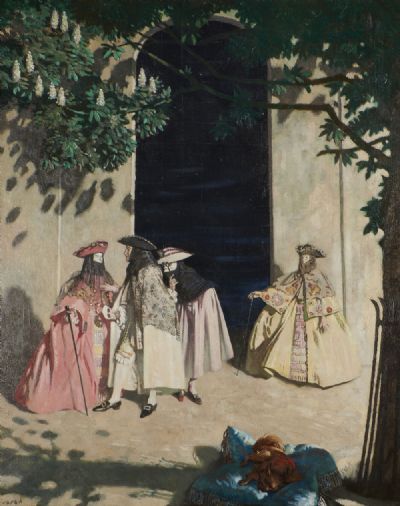
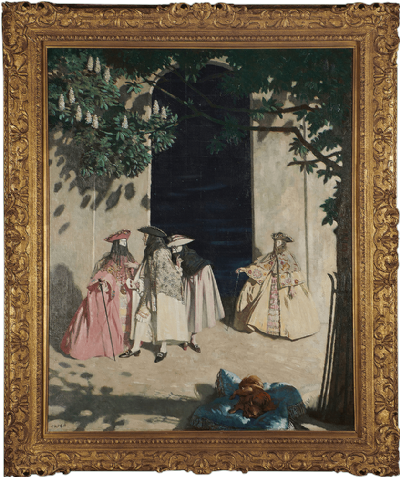
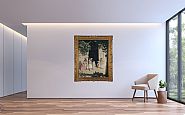
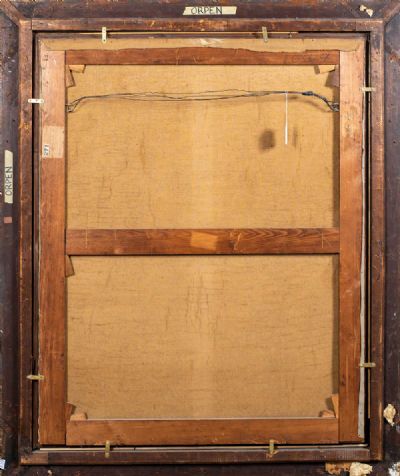

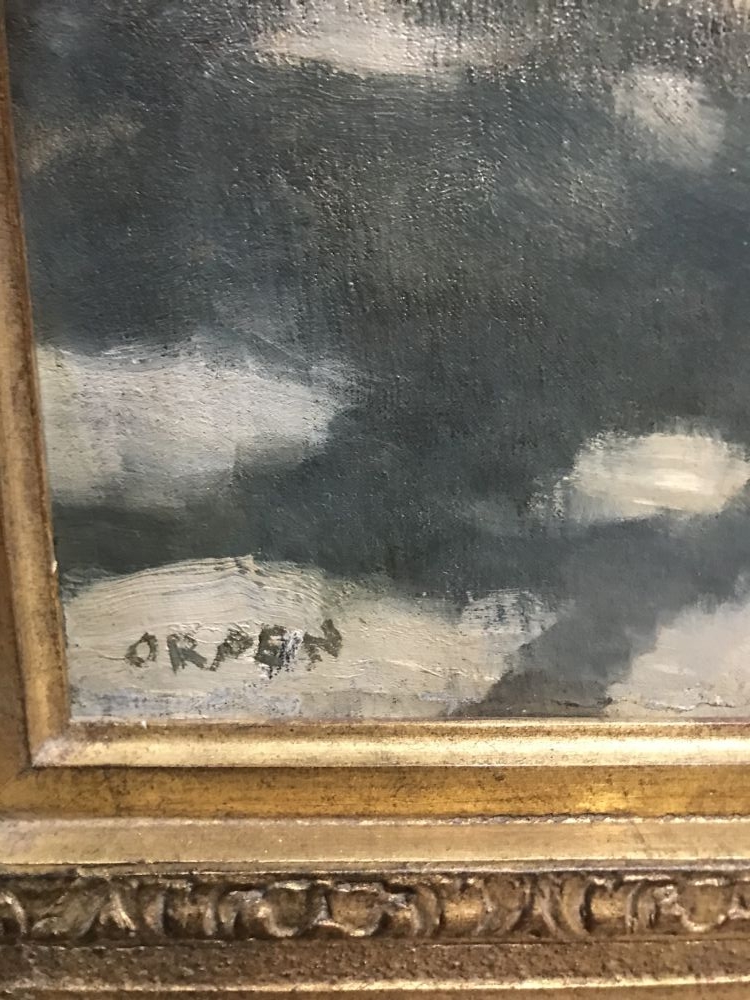
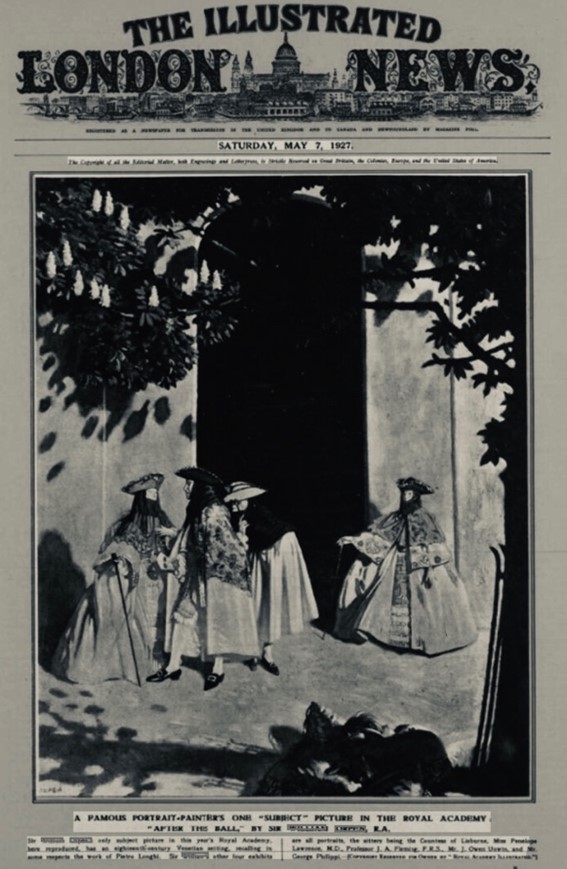
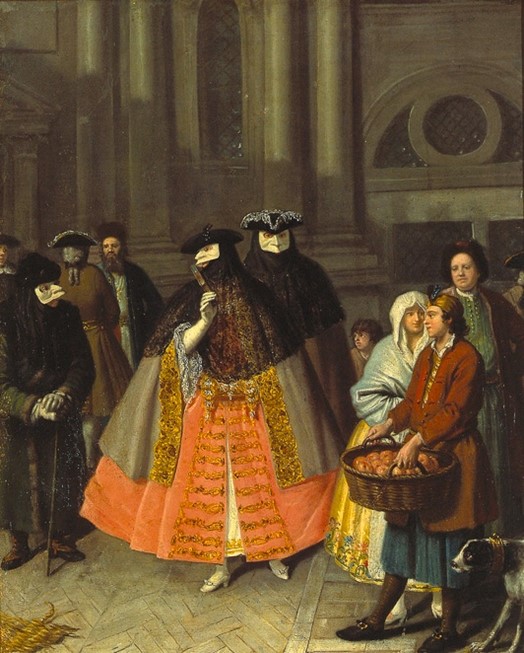
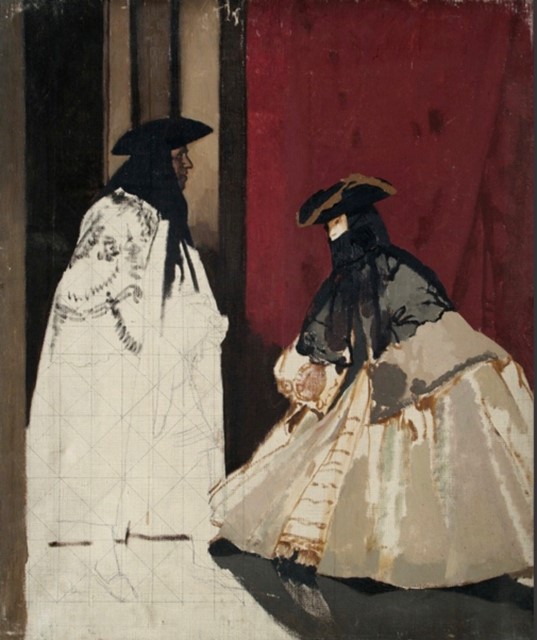

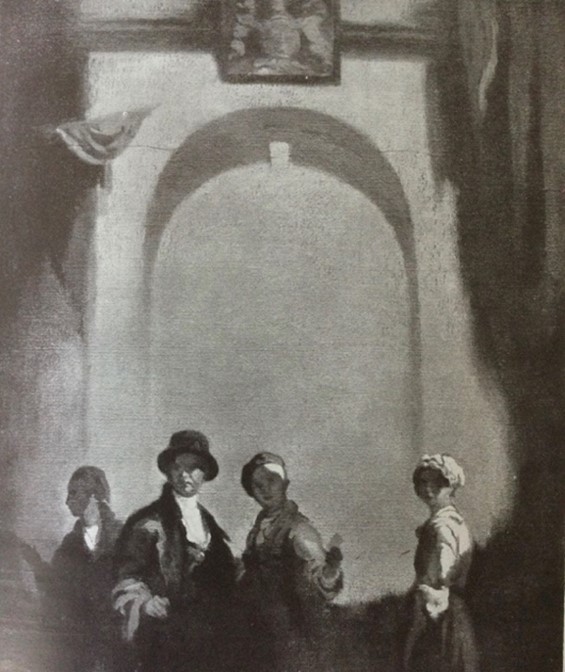

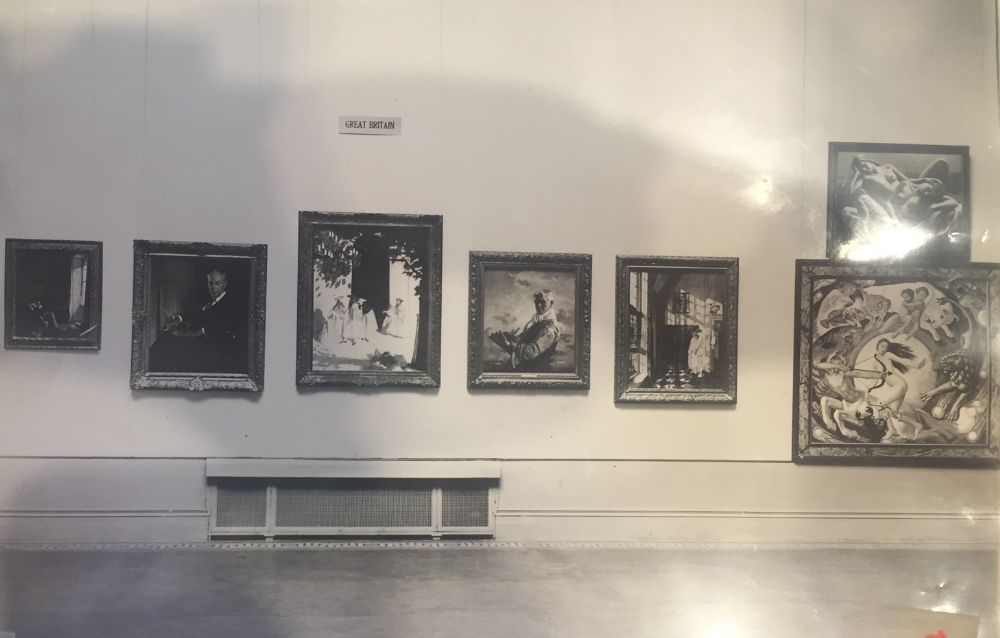
 View More Videos
View More Videos DVTV Click Here To View Video
DVTV Click Here To View Video
